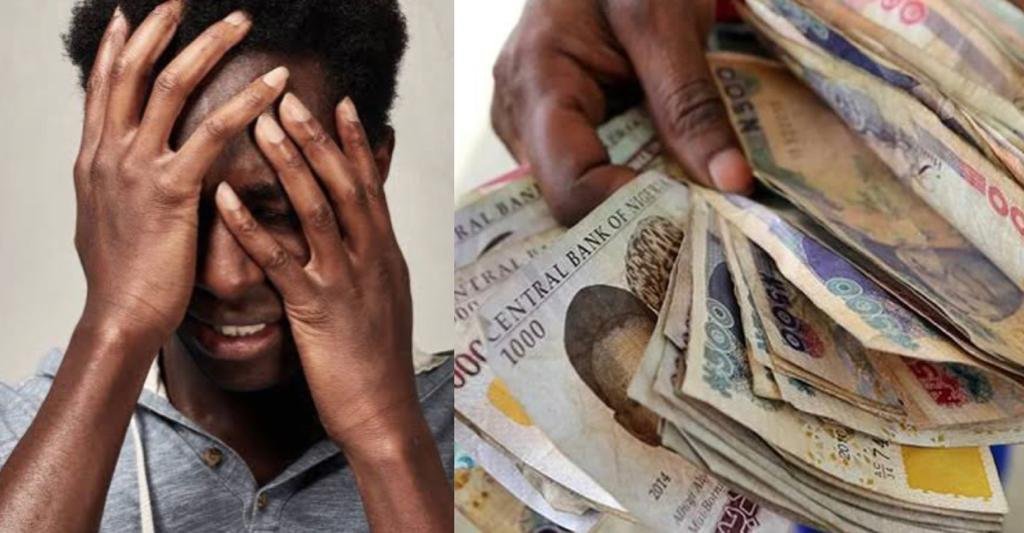Lifestyle
Implications, Remedies For Right Side Headache, Which Almost Killed Me Yesterday

For all you care, right side headache is one health condition not to handle with kid gloves One knocked me down last yesterday and the experience is not one to wish for an enemy.
Aside the intensity of its knocking, its consequences on the short and long runs are daring enough, more than consequential to propel search for remedies.
The trigger, as far as my memory could recall, is story for another day; but the moment it set on, a vegetable looked and felt better.
No position I took on the bed, nor gesture standing up could suffice; the relief I needed could not just materialise, except for when yours sincerely’s better half – bless the soul of the devoted amongst women – walked in. it was the pain relief she procured and administered, being the home doctor anyway, that did the miracle, knocking one off to a therapeutically refreshing slumber lasting about three hours.
That frightening encounter was to propel an engaging enquiry as to what stuff is this right side headache, symptoms and remedies.
Intervening, Medical News Today, in a comprehensive article on provides answers to key questions around right side headache.
READ ALSO: Medical Emergencies: Run To Your Doctor Once You Notice These Signs
Neurological Conditions That May Trigger Right Side Headache:
- Occipital neuralgia: When occipital nerves, which run from the top of the spinal cord to the scalp, become damaged or inflamed. Symptoms include sharp pain in the back of the head and neck and sensitivity to light.
- Temporal arteritis: Arteries in the head and neck become inflamed with temporal arteritis. Along with muscle pain, it causes a severe headache on the side of the head. Other symptoms include fatigue, jaw pain, and tender temples.
- Trigeminal neuralgia: This causes intense pain in the face and head. The pain usually affects only one side at a time. It occurs due to a disruption to the trigeminal nerve at the base of the brain.
Medication use As Possible Cause
- As side effect of prescription or over-the-counter (OTC) medications. They can also occur due to someone overusing medication, including OTC painkillers
READ ALSO: Cord Blood Banking: Other Side Of A Growing Health Fad
This type of headache is called a medication overuse headache. It is a common type of headache, which may affect 0.5–2.6%Trusted Source of the global population.
Also, headaches due to medication overuse are often at their worst upon waking, with other possible causes being:
-allergies
-an aneurysm, a weak or bulging artery wall
-fatigue
-head injury
-infections,
Other Important Information To It
Migraine
Researchers believe genetics play a role in migraine. Migraine involves a type of severe headache that causes a pulsating sensation or throbbing pain in the head. It may affect a specific side of the head.
The severe pulsating sensations or throbbing are usually accompanied by:
- blurred vision
- nausea
- sensitivity to light
- sensitivity to sound
- vomiting
- Up to a quarter of people who get migraine experience visual disturbances or temporary loss of vision, known as aura, before the onset of the pain.
- Symptoms can last up to 72 hours or more, if untreated, with the pain typically affecting only one side of the head.
READ ALSO: Solutions To Burning Sensations In Your Genitals, Other Health issues Here
Migraine triggers
The following factors can trigger migraine:
- bright lights
- changes in weather, including humidity, heat, and pressure
- emotional stress or anxiety
- foods and drinks, such as alcohol, chocolate, cheese, and cured meats
- hormonal changes
- loud noises
- skipping meals
- strong smells
- tiredness
- too much or too little sleep
Early treatment is key to reducing the length and severity of symptoms. Treatments include OTC or prescription medication, such as nonsteroidal anti-inflammatory drugs (NSAIDs). Prevention involves avoiding triggers and using preventive medications in some cases.
Tension headaches
Tension headaches are the most common type of headache, affecting around 1 in 5 people.
READ ALSO: Why You Need These 10 Top Health Management Organisations (HMOS) Urgently
Some people may experience chronic tension-type headaches, where people have headaches on more than 15 days every month that last several hours or may come and go.
They usually affect both sides of the head, but some people may have symptoms on one side only.
Signs include:
- dull, aching pain
- scalp tenderness
- tender or tight shoulder and neck muscles
- tightness or pressure across the forehead, sides, or back of the head
- Symptoms usually last for a few minutes to a few hours and are mild to moderate in severity.
Remedies
According to Medical News Today, generally, people can treat occasional tension headaches with OTC pain relievers or home. However, people with frequent tension headaches may need to change their lifestyle, identify and avoid triggers, or use prescription medications.
Other remedies are:
- applying a warm or cold compress to the back of the neck.
- avoiding foods that may trigger headaches, including alcohol,caffeine, and MSG.
- drinking water to address dehydration.
- having a nap
- Most importantly, avoiding transactions and actions that could put undue emotional stress and pressure
- Trying as much as possible to live within one’s means
- Right side headaches triggered by financial pressures, can be contained also with having a budget of experiences and remaining faithful to it.




























